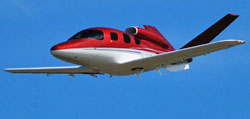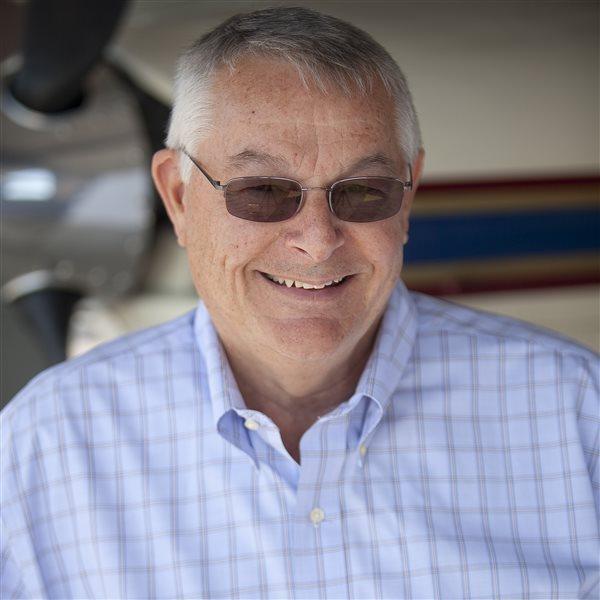 Development of the Vision SF50 personal single-engine jet by Cirrus Design continues on a daily basis, but it will take an additional $64 million to bring it to market. That’s why Cirrus officials see 2010 as the year for fundraising.
Development of the Vision SF50 personal single-engine jet by Cirrus Design continues on a daily basis, but it will take an additional $64 million to bring it to market. That’s why Cirrus officials see 2010 as the year for fundraising.
The remarks came this week as part of another in a series of updates on Vision development. Cirrus must build internal funds to continue development, with FAA certification efforts already in progress, and has spent $64 million, Cirrus chief Brent Wouters said. It will take an additional $64 million to finish it, and much of that will come from outside sources. First, the company must grow its profits and cash reserves to attract new funding.
The price of the jet increased to $1.72 million this year. Until June 30, those holding a production slot can apply the deposit to the purchase of a Cirrus SR22. Deposits for those purchasing a Vision at $1.72 million are not refundable. There are 431 jets on order with deposits; no demonstration jets planned for use by the company are included in the total. There were 106 orders in the last six months, and the order total is growing by one to two per week.
If funding is found this year, next year will be devoted to the construction of a conforming prototype known as C0 (conforming zero). Once that aircraft is flying, it will be 18 months before deliveries could begin. Wouters gave no firm dates because he hopes he can accelerate the schedule, but if the timeline described is followed, deliveries could begin in 2013.
The most difficult part of the development is the airframe parachute. Cirrus officials are working with two subcontractors and hope drop tests can be conducted in the third or fourth quarter of this year. One subcontractor, unnamed, is developing special materials and new construction methods, and has experience with military parachutes and recovery parachutes. The second contractor is developing the rocket motor to propel the chute out of the aircraft prior to deployment. The Vision cruises at 300 knots true airspeed.
The application for certification went to the FAA last year with no issues or problems so far. Testing most recently has been devoted to flight in icing conditions. The windscreen and nose will be designed so that ice coming off those two areas does not enter the engine inlet on top of the rear fuselage. Additional heating will be provided to those two areas to limit ice buildup, while engine bleed air will be applied to areas inside the inlet where ice was seen during testing. The test aircraft has cameras inside the inlet, on the wingtip, and on a boom reaching to the front of the nose to study icing in flight. That video feed is relayed to engineers on the ground.
More than 80 percent of the suppliers have been identified for the Vision. Avionics will be based on the Garmin G3000, which is an enhancement of the Cirrus Perspective by the Garmin glass cockpit system now in the piston-engine models. The Perspective differs from the Garmin G1000 in that it uses a keyboard on the center console to direct most functions of the avionics suite.
Cirrus continues to tour the aircraft to the public and to pilots, with several stops planned this month. Cirrus officials urge those with Vision SF50 orders to stay proficient on the Garmin Perspective system found in SR20 and SR22 models, to pursue additional ratings in order to stay in a continual training environment even if it’s just a mountain flying course, and to remain highly proficient at instrument flying. Those steps will ease the transition from piston-engine aircraft to the jet. A period of mentoring will be required for new Vision pilots based on experience and the pilot’s performance during the type-rating course. Vision customers are also urged to take the King Schools course on transitioning to jet aircraft. It is not specific to the Vision.



